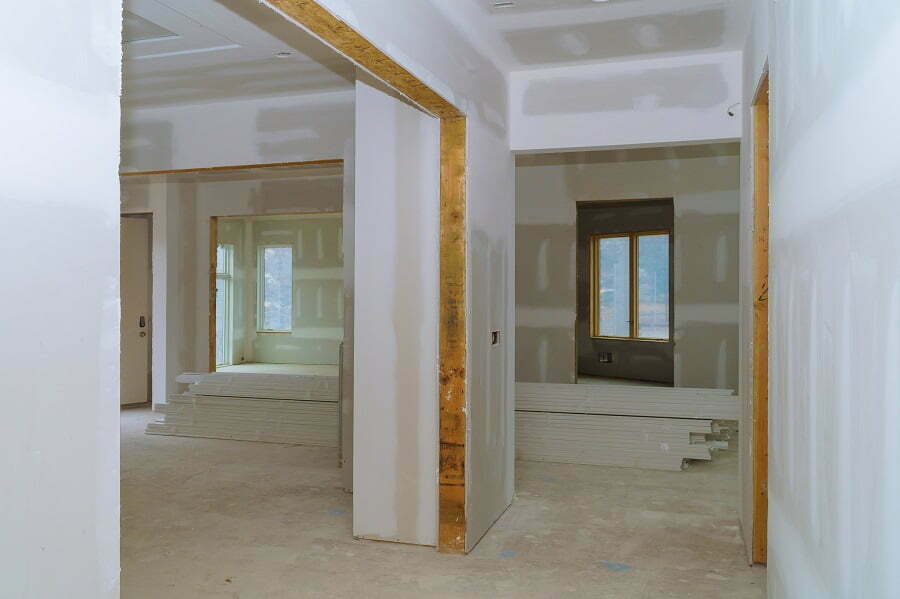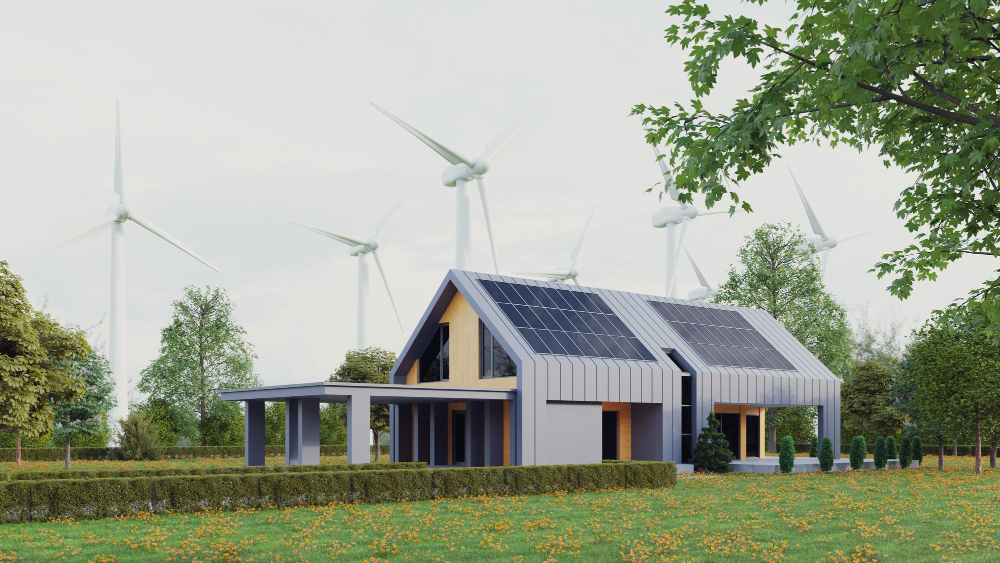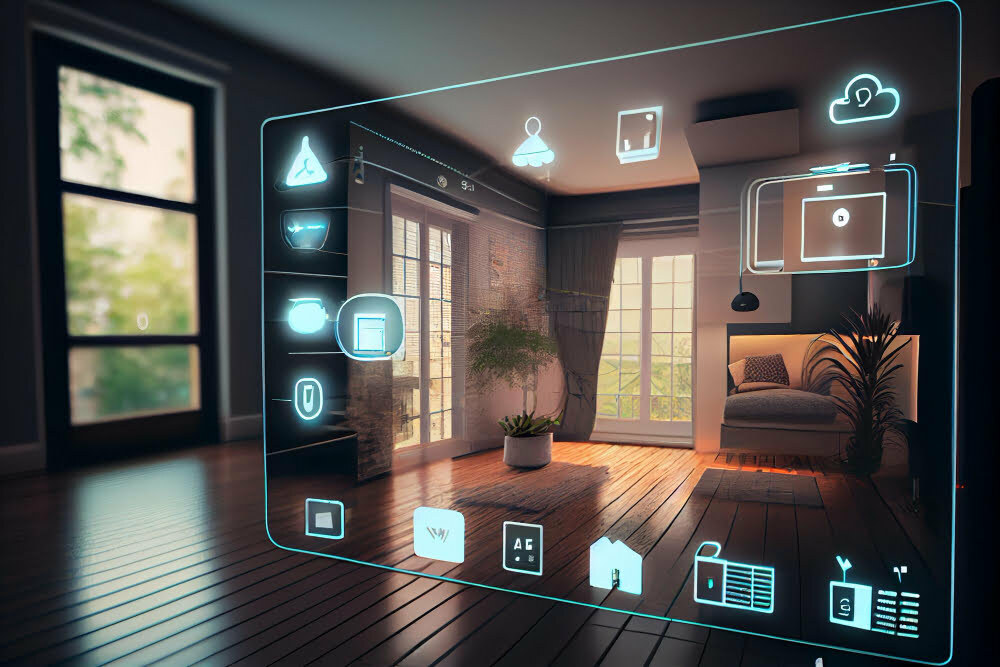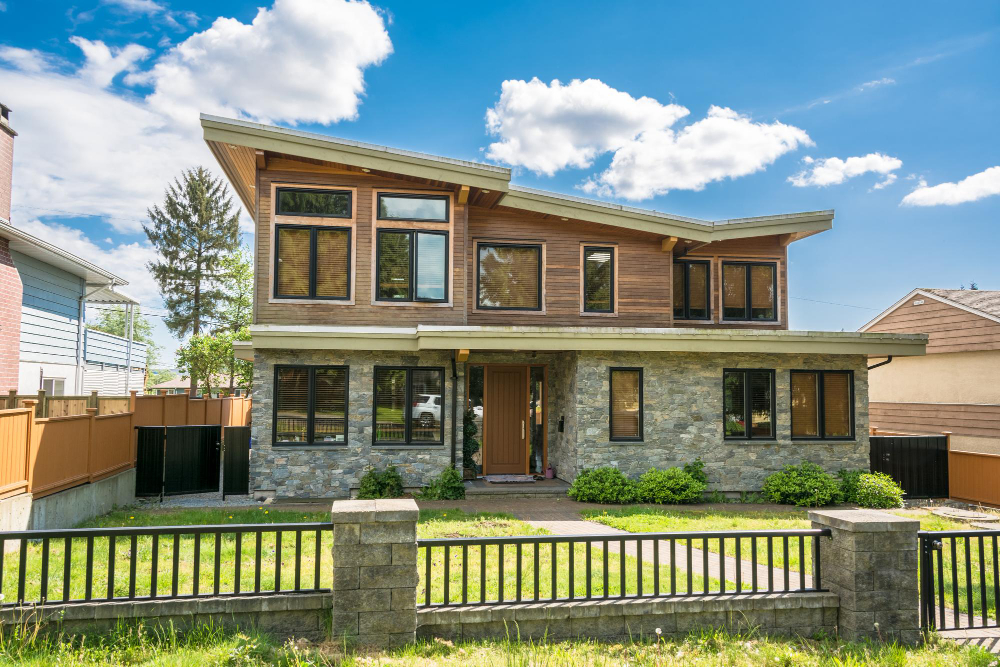Last updated on
Here are four of the most sustainable siding options for your eco-friendly home. Read on!
Sustainable living is an important consideration for many homeowners who are building or renovating their homes.
The choice of siding material is a key element of this, as it has a significant impact on the overall energy efficiency and environmental sustainability of the home.
The following paragraphs will explore some of the sustainable siding options that are available and discuss their benefits in more detail.
Wood Siding
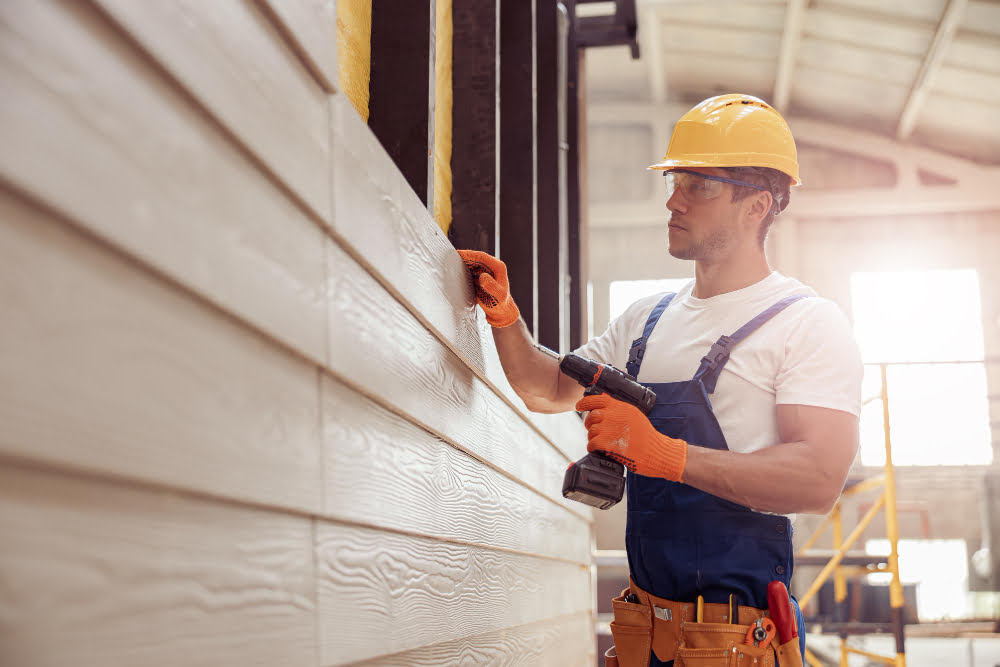
Wood siding is a popular option for its natural and renewable properties. However, not all wood siding is created equal. According to KV construction LLC, some types of wood are more sustainable than others due to their natural resistance to rot and insects, which reduces maintenance requirements and extends the lifespan of the siding.
For example, redwood and cedar are popular choices for sustainable wood siding due to their resistance to decay and pests. These types of wood are also FSC certified, meaning they come from sustainably managed forests that protect the environment and promote responsible forestry practices.
Fiber Cement Siding
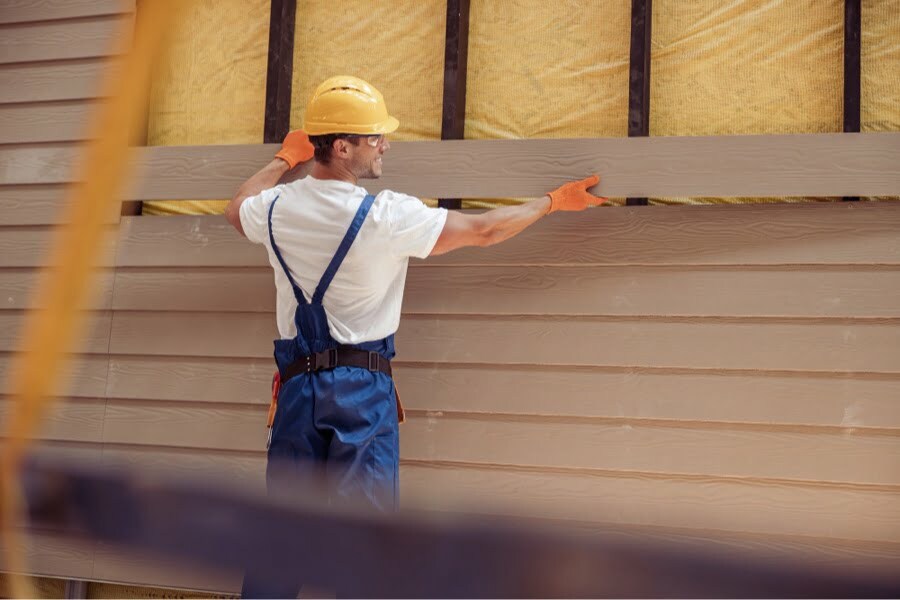
Fiber cement siding is a composite material made from a mixture of cement, sand, and cellulose fibers. This material is highly durable, with a lifespan of up to 50 years or more.
The combination of materials in fiber cement siding provides it with exceptional resistance to damage from extreme weather conditions such as fire, hail, and wind.
Fiber cement siding is also resistant to insects and moisture, which makes it ideal for areas with high humidity levels or frequent rain.
Unlike other types of siding that are prone to warping, rotting, and cracking, fiber cement siding is incredibly resilient. This means that it requires little maintenance and can withstand the test of time.
Metal Siding
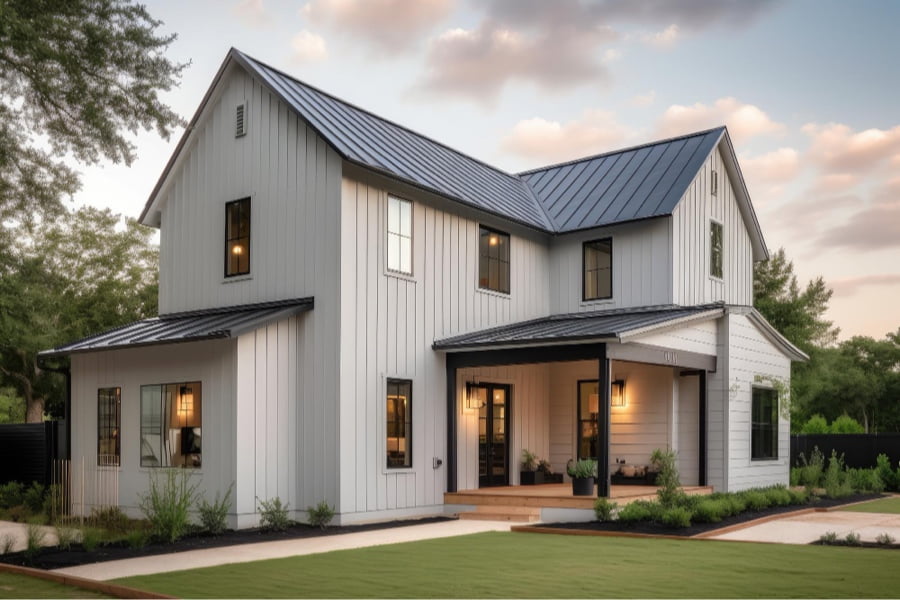
Metal sidings, such as steel or aluminum, are a highly durable and long-lasting option that can last for up to 50 years or more. It is also 100% recyclable, meaning it can be reused or repurposed at the end of its lifespan. Metal siding is also energy-efficient, reflecting heat away from the home and reducing cooling costs in the summer.
This type of siding is resistant to pests, moisture, and fire, making it ideal for areas with extreme weather conditions.
Brick Siding
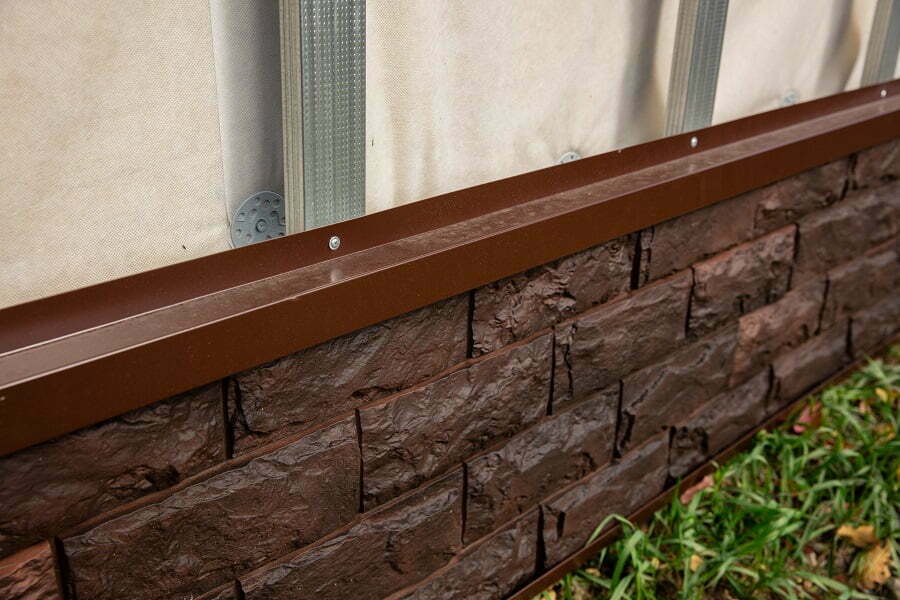
Brick siding is a classic and durable option that has been used for centuries. It is made from natural clay, which is a renewable and sustainable resource. Brick is also fire-resistant and helps regulate the temperature inside the home, which contributes to energy efficiency.
Additionally, brick siding is low-maintenance and does not require painting or sealing, reducing the environmental impact of upkeep. Brick is available in a range of colors and patterns, giving homeowners a choice of styles that fit their preferences.
As you can see, there are many sustainable siding options available for homeowners who are building or renovating their homes.
From wood to fiber cement, metal, and brick, each material has its unique benefits and considerations. When choosing a siding material, homeowners should consider factors such as durability, maintenance requirements, environmental impact, and style.
By investing in sustainable siding, homeowners can create an eco-friendly home that is both beautiful and functional while contributing to a sustainable future.
Related reading:
Table of Contents

